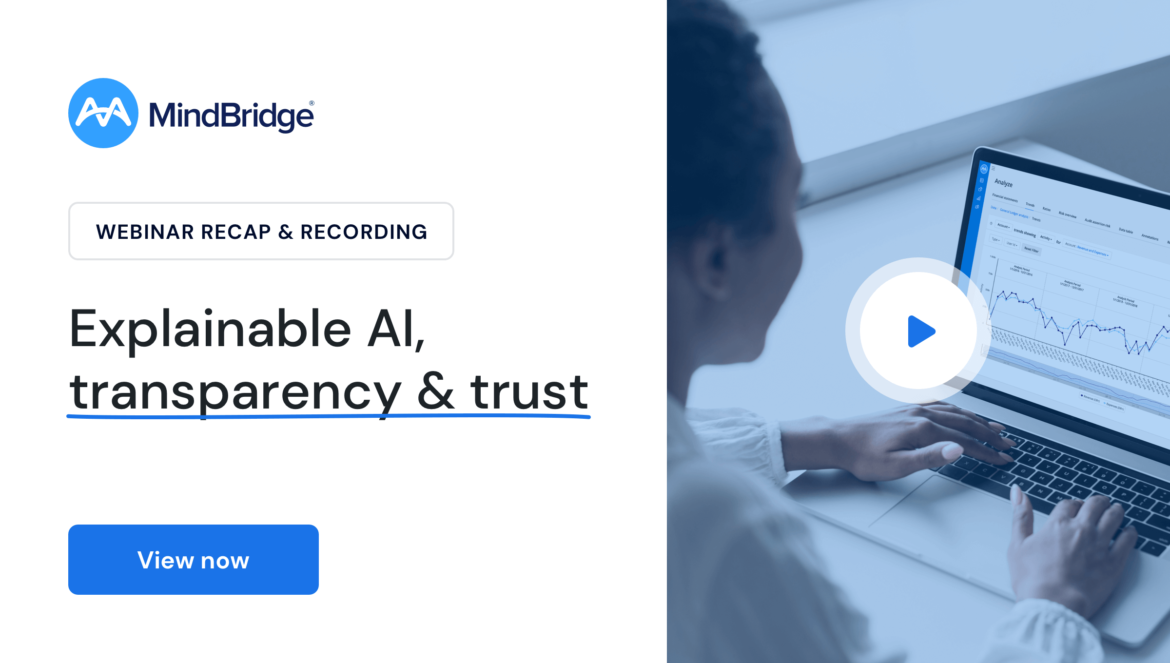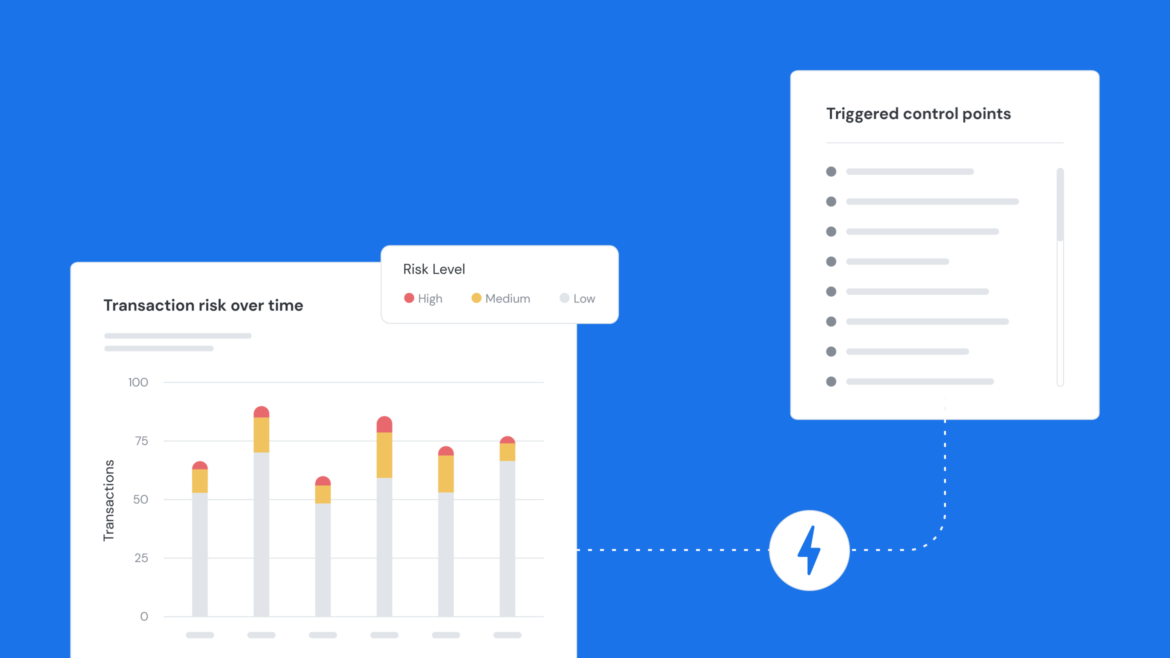Accurately monitoring assets is critical to business success, and everyone knows proper auditing is crucial in maintaining a profitable and proper business. But it’s never been more complex than now when data is growing exponentially. Therefore, you are at a disadvantage if you are not using the latest technological approaches to outperform a traditional audit. One of the most powerful approaches to this is anomaly detection. In simple terms, it’s a way to detect anomalies in data or values that are not quite as expected. It can identify negative events, such as fraud or data breaches, but it’s just as valuable at identifying positive opportunities.
It’s important to note that anomaly detection is a general-purpose approach valuable in sectors such as banking, insurance, government, and finances — all domains in which ensuring things are going along as expected is of utmost importance.
Let’s look at a few of anomaly detection’s benefits before discussing how it can play a crucial role in enhancing audits.
General Benefits of Anomaly Detection
Because anomaly detection is all about finding “oddballs” in data, it can be an excellent tool for rooting out when businesses are overspending on things such as staffing or advertising. By quickly detecting such expense anomalies, it can signal leaders to take action to seal leaks in the boat.
Another reason to use anomaly detection is the massive amount of time and human capital it saves. Sure, you could assign an employee to sift through heaps of data to look for unexpected values, but that is a recipe for burnout and human error. Instead, by using artificial intelligence-powered systems that leverage machine learning, computers can find anomalies all day, every day. They never get cranky and don’t make mistakes when they haven’t had their coffee.
Most importantly, you leave your business’ front door wide open without first-rate anomaly detection. Without knowledge of what’s happening in the details, you make it easier for cybercriminals to compromise your customer data, revenue streams, and reputation. However, by continually robustly monitoring anomalies, you’re doing all you can to protect your company.
4 Ways to Use Anomaly Detection to Improve Your Auditing
When it comes to audits, anomaly detection shines. Let’s look at four ways you can use anomaly detection in your auditing workflows to get the best possible outcomes:
1. Put the general ledger under the microscope.
By using anomaly detection to take a closer look at the general ledger, you will be better able to uncover indicators of material misstatement. This can happen in several different ways. For example, there might be standard rules-based tests, statistical analysis, or even machine learning algorithms to aid anomaly detection.
2. Quantify your analytics.
Your analytics results can be quantified to provide further insights and detect risks within financial statements. This is especially valuable, considering that a person would likely never spend the time needed to complete this task accurately. Instead, people gather small sample sets. These are often of questionable value and fail to identify indicators of risk. But with advanced analytics, the process is a breeze.
3. Take the high-level view.
Just as it’s important to dive into the details, it’s also beneficial to get an overall view of things. By using software that provides a summary dashboard, you can get an overview of the full spectrum of tests and areas of identified risks. That helps decision makers put all identified risks within an overall context, allowing for more informed approaches to fixing pressing problems first and estimating the resources necessary to get everything up to snuff.
4. Experiment with filtering.
Finally, it’s helpful to look at your results in different ways. For example, if you can use software that filters the view based on various criteria identified within the data ingestion phase, you can more easily root out problems. Further, this allows team members to focus specifically on analytics available for accounts included in your scoping decisions.
The Bottom Line
Anomaly detection is not just a “nice to have” aspect of running audits. It must be viewed as one of the most important tools in your auditing toolbox. By taking detailed and high-level views, using best-in-class AI-based anomaly detection, and filtering during the data ingestion phase, you can be assured that you have done all you can to find problems in your auditing process.

Want to see this powerful anomaly detection software in action? Book a demo now or view a replay of our latest webinar, which covered the explainability of A.I. and concludes with an onscreen demo.





